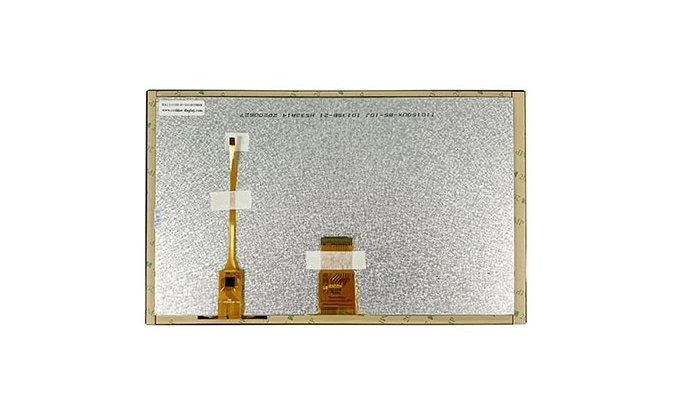Views: 231 Author: Reshine-Display Publish Time: 2024-05-06 Origin: Site









In an era where technology interfaces are center stage in the user experience (UX), the role of touch screens, particularly resistive touch screens, cannot be overstated. While capacitive touch screens dominate the consumer market thanks to their multi-touch capabilities and high sensitivity, resistive touch screens still hold significant value, especially in specific industrial, retail, and medical applications. Understanding how to leverage resistive touch screen technology can significantly improve UX, making interactions more intuitive and satisfying. But can you improve user experience with a resistive touch screen, and if so, how?
A resistive touch screen operates on the principle of pressure applied to the screen's surface, which brings two conductive layers into contact, thereby registering an input. This type of screen is characterized by its durability and resistance to dust and water, making it ideal for environments where these factors are a concern.
Despite the prevalence of capacitive screens, resistive touch screens offer several unique advantages that can enhance the user experience when properly utilized.
Resistive touch screens are highly accurate when it comes to the point of contact. This precision makes them perfect for applications that require exact inputs, such as drawing applications or when users must interact with small UI elements. The stylus, often used with resistive screens, enables detailed and controlled interactions, providing a clear advantage in many professional, medical, and industrial contexts.
One of the most significant advantages of resistive touch screens is their durability. These screens are less susceptible to damage from dust, water, and other environmental factors, making them suitable for use in harsh conditions where more sensitive capacitive screens might fail. This reliability ensures that the user experience remains consistent over time, even in challenging environments.
In scenarios where budget constraints are a consideration, resistive touch screens offer an affordable alternative to more expensive capacitive screens. This cost-effectiveness allows for the deployment of touch screen technology in a broader range of products and applications, making interactive technology more accessible to users.
Improving user experience with resistive touch screens involves leveraging their unique strengths while mitigating their limitations. Here are some strategies to consider:
Design your application or device interface to take advantage of the precision that resistive screens offer. Ensure that buttons, sliders, and other interactive elements are adequately sized for stylus or fingertip manipulation. This approach improves the overall usability and satisfaction of the end-user.
Capitalize on the inherent durability of resistive touch screens by deploying them in environments where they excel, such as outdoor kiosks, industrial control panels, or medical devices. Their ability to operate in such conditions without a degradation in performance can significantly improve the user experience by providing reliability and consistency.
One area where resistive touch screens can fall short is in providing immediate feedback to user inputs, something that capacitive screens manage through gestures and multi-touch interactions. Integrate tactile feedback mechanisms, such as vibration or auditory signals, to acknowledge user inputs. This feedback can help compensate for the lack of multi-touch gestures, making the user experience more engaging and intuitive.
Educate and train users on the optimal use of resistive touch screen technology. Since the operation of these screens is slightly different from the now more common capacitive screens, providing guidance and best practices can enhance the user experience by reducing frustration and increasing efficiency.
While capacitive touch screens may dominate the consumer landscape, resistive touch screens have a clear role in improving user experience in various specialized applications. By focusing on their strengths—precision, durability, and cost-effectiveness—and implementing strategies to enhance feedback and usability, developers and manufacturers can significantly improve the user experience. In this way, resistive touch screens continue to be a valuable technology in our modern interactive ecosystem.
How Do You Replace Damaged Resistive Touch Screens on a Device?
Can You Improve User Experience with Resistive Touch Screens?
How Do You Calibrate and Maintain Your Resistive Touch Screen for Accurate Results?
Touchscreen technology for electric vehicle charging stations
How To Find The Best Touchscreen Display Solution for Your Smart Home System?
Revolutionizing In-Car Infotainment: The Power of Advanced Touchscreen Displays
